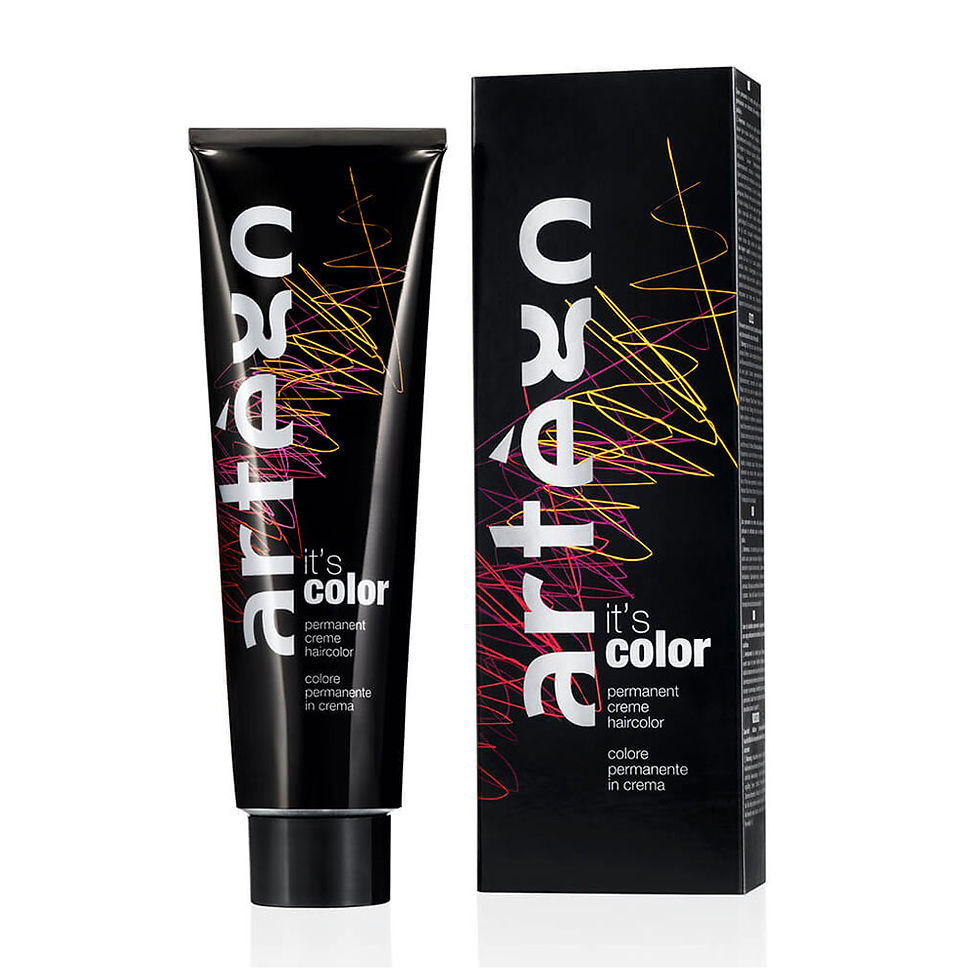Declaré - Age Control Age Essential Eye Cream 15ml - 751 (x6)
$243.90Price
Sold by 6 units
The regenerating multi-active eye cream that encourages your inner smile to shine.
Intensive eye care supplies the mature skin of your eye area with everything it needs to be beautiful. A combination of extract of peony with highly effective peptides and hyaluronic acid vitalises the skin and reduces the appearance of lines and wrinkles, dark shadows around the eyes and puffiness. For intensively nourished, refined and smooth skin around the eyes.
Active ingredients
- extract from the peony
- extract from white lupines
- highly effective peptide
- valuable camellia oil
- hyaluronic acid (long and short HA chains)
- SRC™ complex
- pentavitin
- ribwort root extracts
- biophytex
- silk
- vitamine E
- aloe vera
- bisabolol
- macadamia nut oil, shea butter and cetiol soft
















